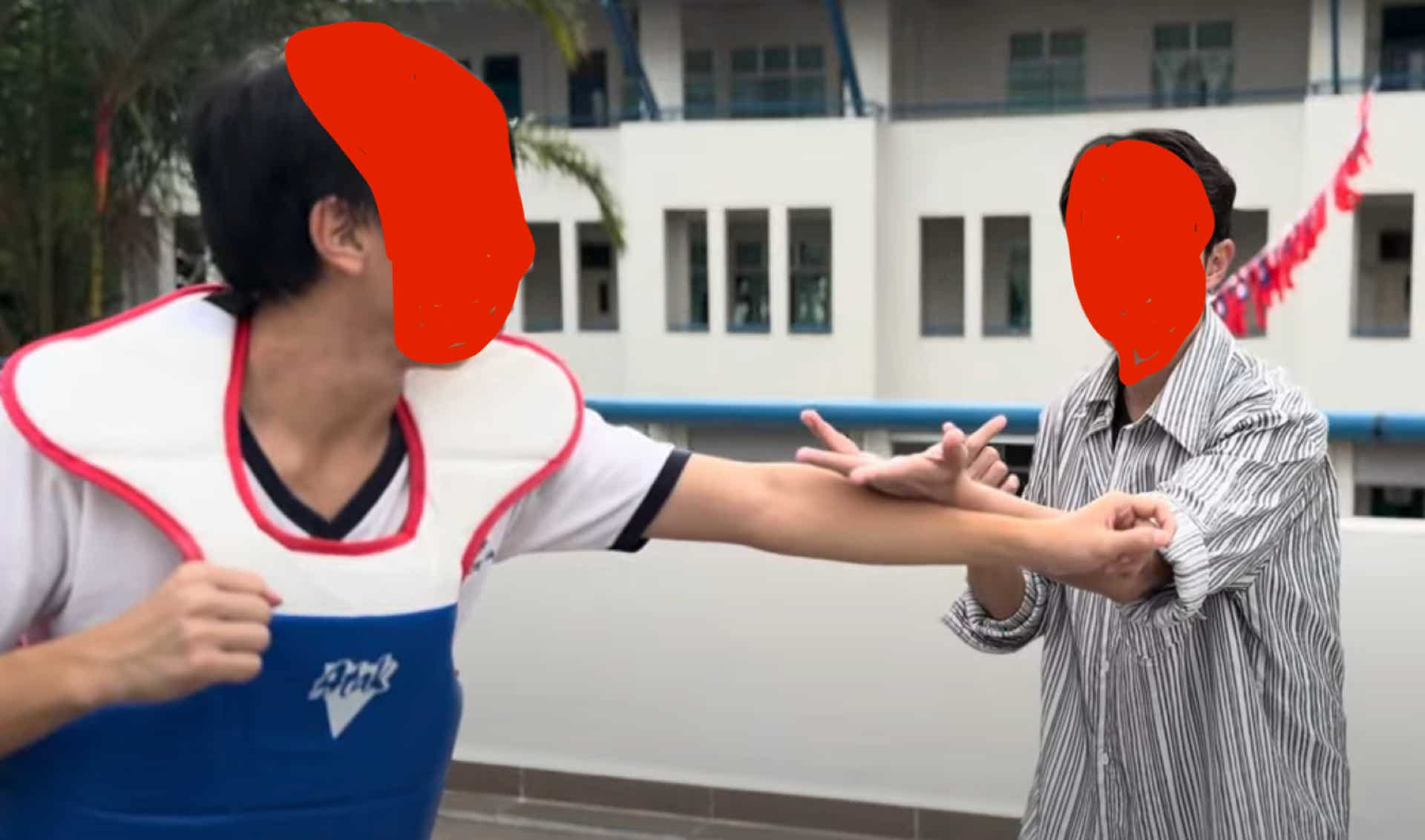02/03/2025
TaiJi and XingYi For Self Defence Part 7
I will let him attack me with as much power as he likes,
for I will tug with four ounces of force to deflect his thousand pounds.
Guiding him in to land on nothing, I then close on him and send him away.
I stick to him and go along with his movement instead of coming away or crashing in.
The opening phrase “I will let him” is an important point often overlooked, it points to a strategy known as ‘beating aside the grass to startle the snake’ this points to the idea of either leaving a subtle opening or using a feint to prompt an attack that you can then control. So while the previous line focused on closing off options this line looks at showing a way in, but a way that you can control and take advantage of. Because you know where the attack will be directed you are better able to control it and deflect / control it, you are not left with a momentary decision and last second adjustment.


